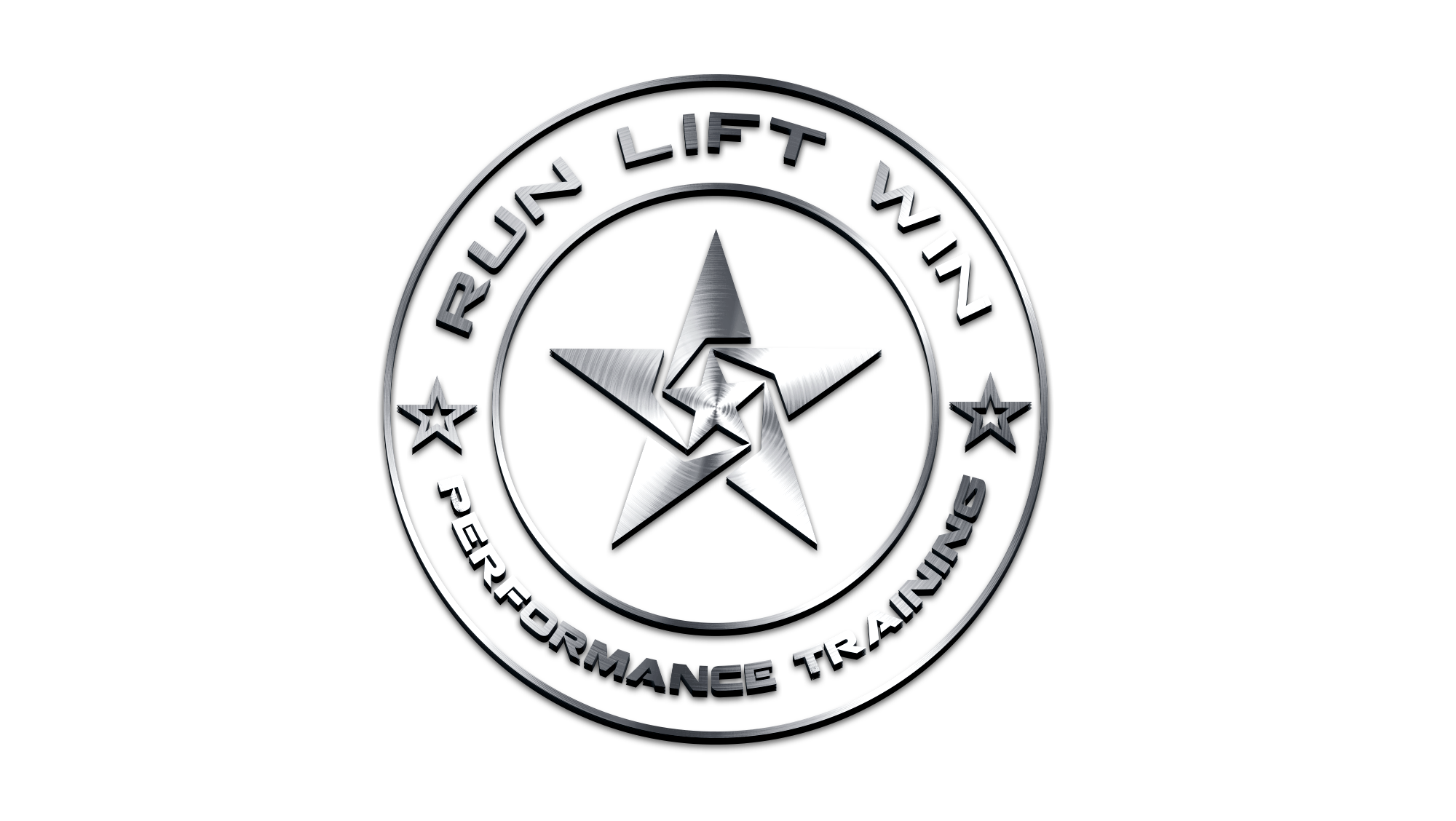New to Training - Weight Gain Dilemma
Have you ever started a training program to lose some weight and look great in your new bathing suit or for a special occasion only to be disappointed to see that you are actually gaining weight? For many people new to regular training this can be enough to throw in the towel, give up all hope and go back to the couch and binge more food and tv.
Many people new to training notice a small weight gain when they begin consistently lifting weights. A new training program puts a lot of stress on your muscle fibers, resulting in micro tears and causing some inflammation. This can and will happen even with bodyweight training programs. The body responds to these new stresses in two ways; 1) The body activates the healing response by retaining fluid to heal the micro tears in the muscle and reduce the inflammation, and 2) The body increases your muscle glycogen stores to provide more energy to the muscles. Glycogen binds with water, which in turn can add more weight.
Don’t be fooled by the scale! Building lean muscle is well worth the effort. Not only will you transform your body and mind, research has shown that increased lean muscle mass also increases your (RMR) resting metabolic rate. An increased RMR means that you’ll burn more calories, and in turn it should help promote healthy weight loss.
DISCLAIMER – There is a big difference between building lean muscle that results in a positive net effect on your caloric needs, versus exercising to create a caloric deficit for weight loss. I do not believe exercising to create a caloric deficit is healthy. Exercising to create a caloric deficit mistakenly places the focus solely on how many calories you can burn, versus learning to adopt a healthy well balanced diet that is sustainable long-term and supports your training goals while also intelligently limiting your caloric intake to create weight loss. Big difference. If you don’t understand the difference please message me and let’s discuss the topic more so that we can keep you healthy and feeling great.
Lose The Scale – At First
I know it’s tempting to want to check the scale regularly to see your hard work paying off, but I would urge you to avoid the scale and focus your attention more on how you feel and enjoy the process.
As you get more accustomed to training regularly and you enjoy the mental and physical bonuses of training, then start to add in the scale to check your progress if your weight is still a goal. You will want to set a regular schedule for checking the scale so that you are taking your weight at the same time each day and generally under the same circumstances. I find it best to do Monday, Wednesday and Friday, upon waking up and right after using the bathroom.
Want to build muscle?
Convinced that gaining muscle actually makes more sense for your goals? Gaining lean muscle mass will not happen right away. After the first month or two it is reasonable to gain 1-1.5 pounds of muscle per month for about 6 months if your diet, training and recovery plan are each supporting that goal. I’ll repeat that for emphasis, if your diet, training and recovery plan are each supporting that goal. Intermediate athletes can still achieve 0.5-1.5 pounds of muscle per month for the first couple years. For more seasoned athletes, gaining muscle slows down as they become more adapted to the training and as they physically get closer to their full athletic potential. Advanced athletes may only achieve 0-0.5 pounds of muscle per month once they have trained consistently for three or more years.
I like to help my athletes get very specific about their goals. Having clearly defined goals that are meaningful and hold a high level of importance for the athlete will keep the motivation to train high. We then make sure that the training program, diet, and recovery are all focused on the goals and make adjustments as we go using direct feedback and training assessments.
For more information and to begin training today, go here
